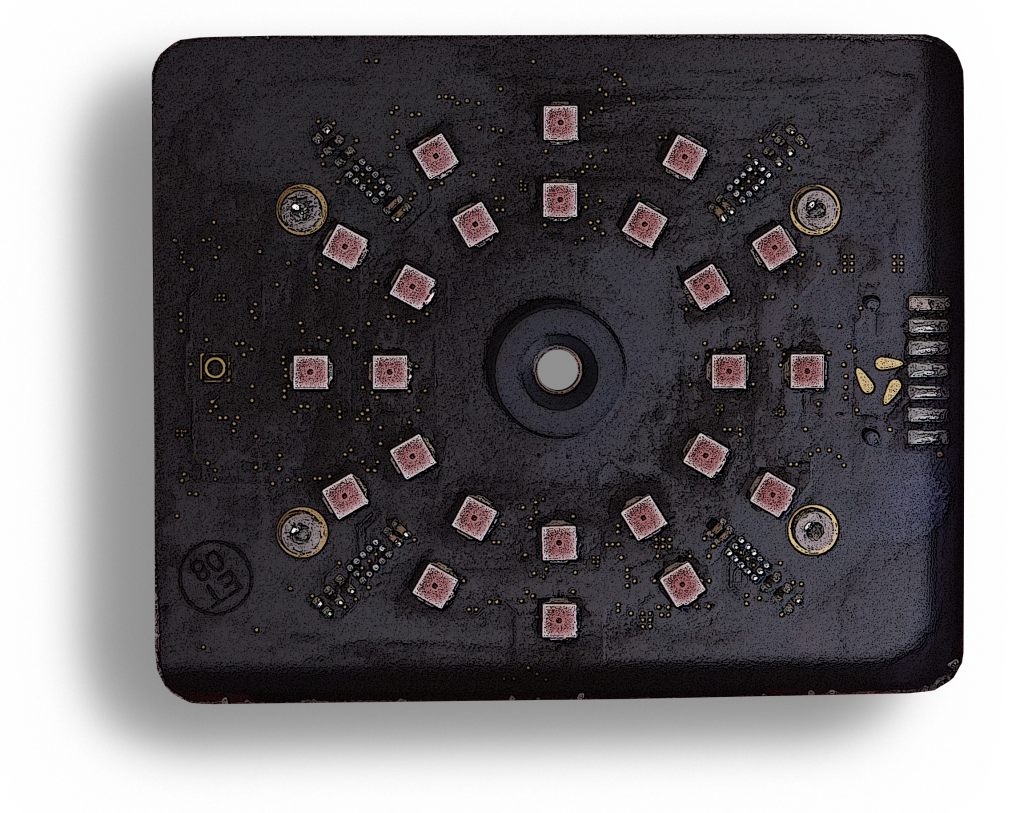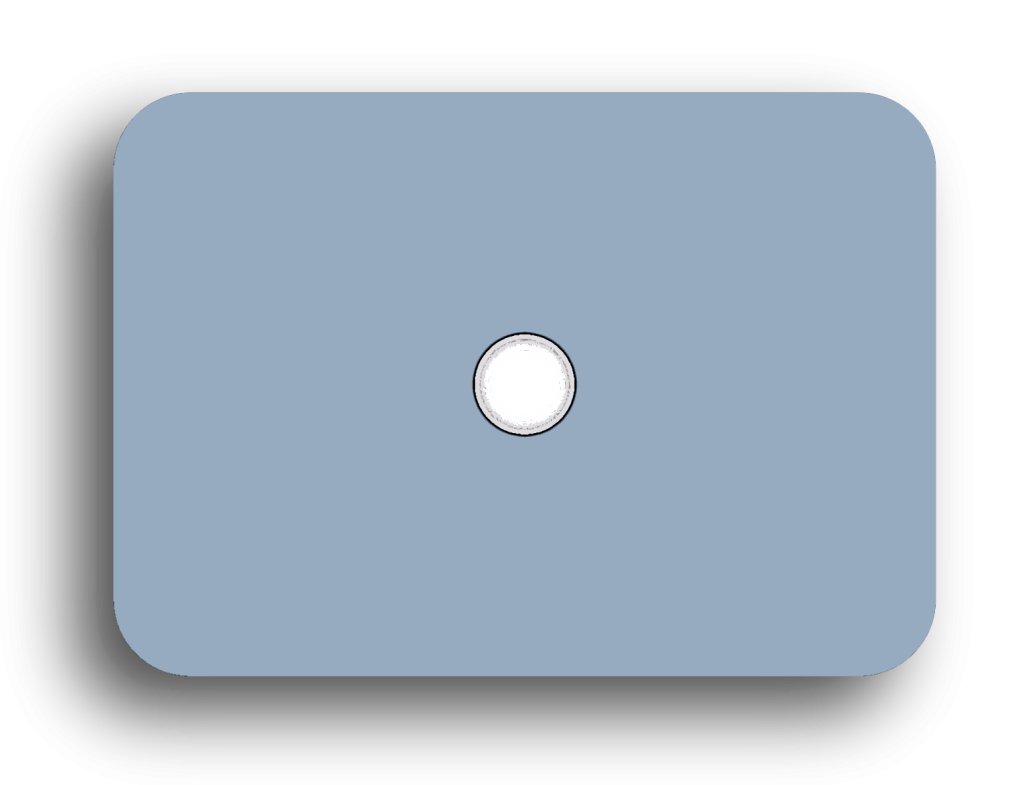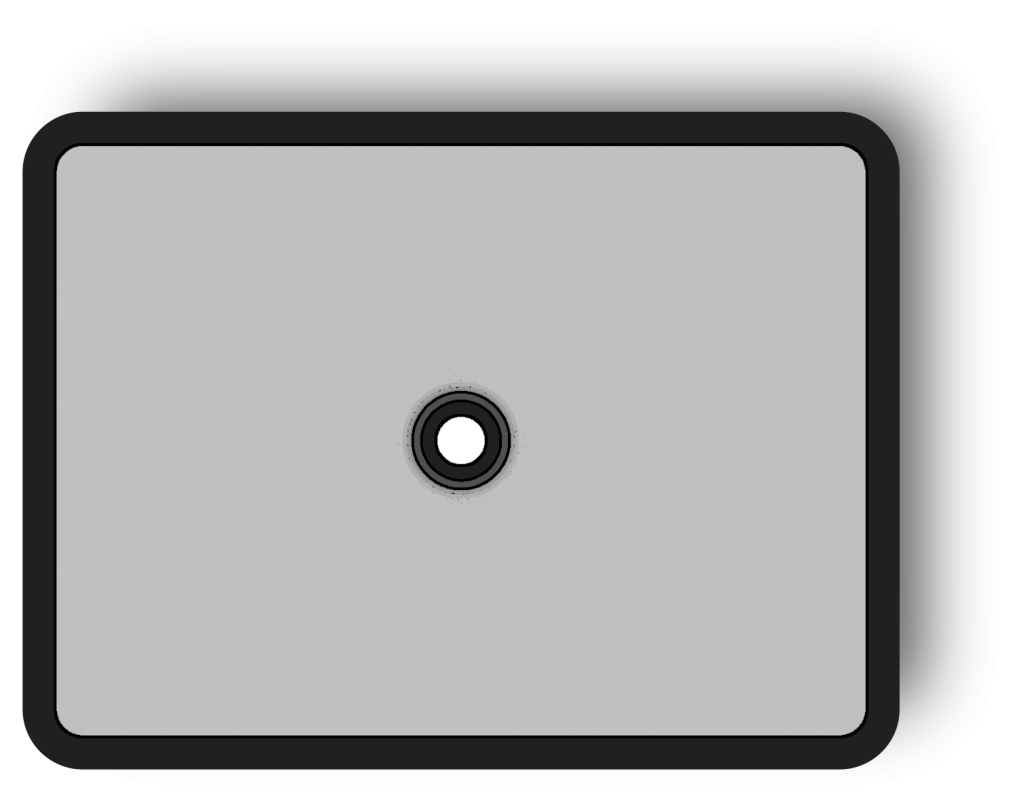Light modules of a smart camera
Why there are different light modules for the Smart Camera evoVIU
No photography without light! From a technical point of view, this is quite simple: If no light reaches the camera sensor, no image will be created. For classical photography, however, light is much more. With the choice of light – what kind, what color or the number of light sources – photographers give their pictures an individual coloring. Choosing the right light module is essential for the Smart Camera evoVIU to ensure optimum use.
There are currently four different light modules for the Smart Camera evoVIU. In addition, there is also the option of controlling external lights such as spotlights or luminaires via an output. Two of the existing light modules are integrated internally into the Smart Camera, while the other two are external light modules. Whether internal or external, there is one direct and one diffuse light module. When choosing the right module, the main factors to consider are how much space the Smart Camera can take up and how strong the light from the light source should be. Individual settings and brightnesses can be made for each light module and even for each LED depending on the intended use via the web interface.
The light modules contain between 24 and 120 LEDs. The advantages of LEDs are obvious: they generate little heat, have a long service life, consume little energy, are quite robust and offer a wide range of colours.
Loxi 1

The evoVIU is equipped with the Loxi 1 light module as standard. This module consists of 24 LEDs and is integrated directly on the front side in the cover of the camera, which keeps the camera compact and small. In bright environments, the light from the Loxi 1 module is easily sufficient to illuminate objects. In addition, this module offers the possibility for individual adjustments due to the fact that up to 8 brightness levels can be set.
As it is a direct light module, the Loxi 1 is more suitable for organic surfaces such as wood. Even matt, less reflective surfaces can be illuminated with it. You can select the intended use of your evoVIU individually.
The special feature of the Loxi 1 module is the integrated TOF sensors. These are used for autofocus, but an infrared light can also be used to measure distances, which can be used for triggering.
Loxi 2

The Loxi 2 is an internal diffuse light module. The same applies here: The light module has no influence on the size of the Smart Camera, as it directly forms the front of the cover. 48 light-emitting diodes are built into the Loxi 2 behind a translucent diffuser. This results in an even distribution of light rather than directed, punctual light spots.
For this reason, the Loxi 2 is suitable if the object has a metallic or reflective surface. As the light is diffused, it tends to reflect less and the surfaces are illuminated more evenly.
Loxi 3

The Loxi 3 is not much different from the Loxi 2, the only real difference being that the Loxi 3 is externally mounted and therefore takes up more space. It has more light sources and can illuminate a larger area than the Loxi 2, but even with this light module the light is diffused and is therefore particularly suitable for metallic or slightly reflective surfaces.
evoCoverLight (eCL)

The evoCoverLight consists of 4 segments with a total of 58 LEDs. The segments on the long sides have 17 LEDs each, the other two have 12 each. eCL is an external, direct light module that allows different light patterns to illuminate an object from multiple angles. Because it has a larger number of light-emitting diodes, it can provide objects with more light than the Loxi1.
The eCL offers a further advantage for optimal image processing: By providing external illumination from four sides, it enables the image fusion function. This means that one image from each of the four sides is first exposed and captured. These four images are merged together in the next step. The different shades make it easier to see numbers or embossing.
For this reason, the eCL is particularly suitable when 3D shapes are to be detected or punchings and embossings are to be read. If the end to be read out is not flat and stands out from the background, it can be ideally illuminated with the eCL. Depending on the material, the colours can also be adapted.
Other contributions:

Release Update V5.5.0
Das Release Update V5.5.0 ist da! Es gibt viele Verbesserungen für das Dashboard und für den Workflow. Schaut gern rein!

Industrielle Bildverarbeitung: Ein Einblick in die moderne Technologie 2024
Industrielle Bildverarbeitung: Seit vielen Jahren beschäftigen wir uns intensiv mit der industriellen Bildverarbeitung, doch was verbirgt sich eigentlich hinter diesem oft verwendeten Begriff?

Endlich: Die neue VIU2 PoE Kamera ist da!
Die VIU2 PoE Kamera ist da! Warum PoE ein wichtiges Feature ist, erfahrt ihr in diesem Artikel.

Release Update V5.4.0
Das Release Update V5.4.0 ist da! Ein großen Dashboard Update, kleine Bugfixes und die Integration von persistenten Variablen sind darin enthalten.

5 reale Smart City Beispiele
Welche Smart City Beispiele gibt es eigentlich? Das erfahrt ihr in diesem Blog-Artikel.

Objekterkennung mit Bildverarbeitung
Objekterkennung ist für viele Industrien eine wichtige Möglichkeit um fehlerhafte Bauteile auszusortieren.

